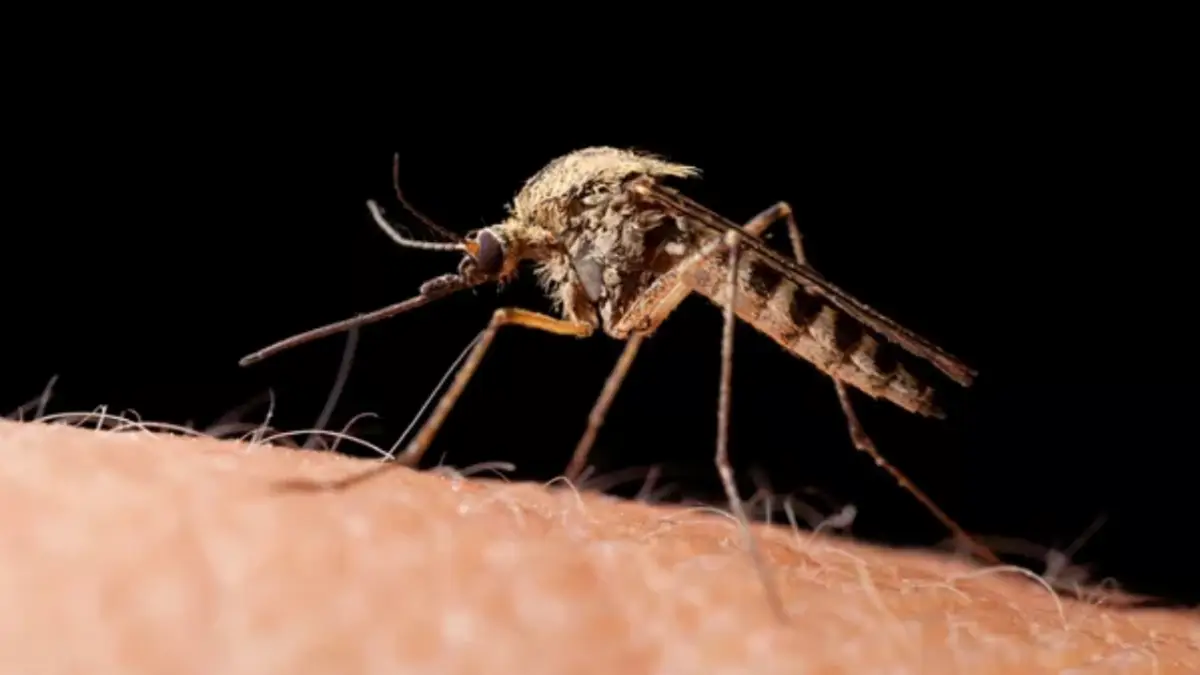
Efsa: West Nile virus infections on the rise
Campylobacteriosis and salmonellosis still below pre-pandemic levels /Annex

Campylobacteriosis and salmonellosis were the most frequently reported zoonotic diseases in humans in the EU in 2022. However, the number of cases was still lower than during the pre-pandemic years 2018-2019.
For West Nile virus, an increase of the number of infections was observed. This and more information on zoonotic diseases was published today by EFSA and ECDC in their latest annual EU One Health zoonoses report.
The number of reported cases of campylobacteriosis, which is the single most frequently reported zoonotic disease, remained stable in 2022 compared to the previous year, with 137,107 cases. Chicken meat was the most common source of the infections.
Salmonellosis was the second most reported zoonotic disease, with 65,208 cases in 2022, compared to 60,169 in 2021. However, nineteen Member States and the United Kingdom (Northern Ireland) successfully met all established targets for the reduction of Salmonella in poultry. This is the highest number since 2018 when 14 Member States met all targets - a milestone in the collective efforts to combat zoonotic diseases and protect public health.
“The number of reported human cases for the two most common foodborne diseases remain at lower levels than before the pandemic” said Ole Heuer, Head of Section Epidemic-Prone Diseases at ECDC. “However, given the impact of these infections on human health, further vigilance and efforts to reduce the number of cases is needed.”
Rise in West Nile virus infections2022 was the year with the second highest number of cases of West Nile virus infections ever recorded in the EU (1,133 cases), with 2018 being the year with the highest number so far (1,612 cases). These unprecedented high numbers may be caused by more favourable climatic conditions for mosquito activity.
"Climate change is increasing the surge of vector -borne diseases. That’s why today a One Health approach integrating human and animal risk assessments is the way forward", said Frank Verdonk, Head of EFSA’s Biological Hazards & Animal Health and Welfare unit.
In 2022, 431 birds and 166 horses tested positive for West Nile virus in the EU, around double the previous year’s figures. The virus also extended its geographical area, reaching previously unaffected areas (southwestern France, northern Germany, and southern Italy).
This report not only examines sporadically reported disease cases, but also investigates foodborne outbreaks – instances where a minimum of two individuals contract the same illness from consuming the same contaminated food.
The number of reported foodborne outbreaks in the EU increased by 44%, from 4,005 in 2021 to 5,763 outbreaks in 2022, reaching similar levels as during the pre-pandemic years and causing the highest number of outbreak-related deaths in the past decade (64). Deaths were primarily attributed to Listeria monocytogenes, and were associated with a wide variety of foods, ranging from meat and dairy products to fish and vegetables. The more frequent use of whole genome sequencing may have enhanced the sensitivity of surveillance, thereby increasing the ability to detect outbreaks in the Member States.
The full text of the Efsa study is attached to this EFA News .
EFA News - European Food Agency